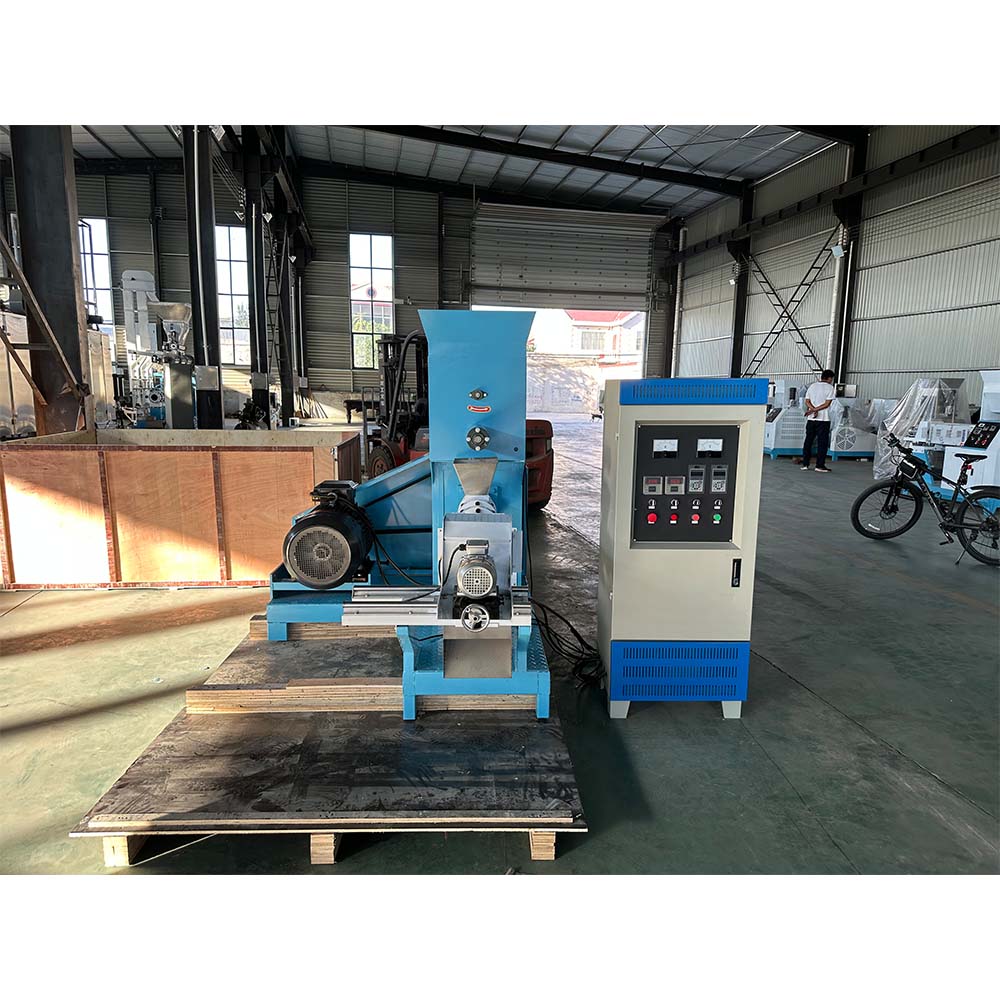Exploring Innovations in Broiler Cage Design for Improved Welfare and Efficiency
Aug . 17, 2024 19:18 Back to list
Exploring Innovations in Broiler Cage Design for Improved Welfare and Efficiency
The Broiler Cage and Its Impact on Poultry Farming
The poultry industry has long been a cornerstone of global agriculture, supplying a significant portion of protein to the human population. Among the various methods of raising poultry, broiler cages have emerged as a contentious topic within the field of animal husbandry. A broiler cage is specifically designed for the rearing of broiler chickens, which are cultivated primarily for meat production. This article explores the advantages and disadvantages of using broiler cages, as well as their implications for animal welfare, productivity, and the future of poultry farming.
Advantages of Broiler Cages
One of the primary advantages of using broiler cages is the efficiency of space utilization
. These cages enable farmers to house a higher number of birds per square meter, which can significantly increase output in a limited area. This method can lead to lower production costs, as the operational efficiency of the farm is enhanced, potentially increasing profit margins for poultry producers.Furthermore, broiler cages can facilitate better biosecurity measures. By confining chickens in a controlled environment, there is a reduced risk of disease transmission. Easier management of environmental conditions, such as temperature and humidity, can also be achieved, contributing to healthier birds and improved growth rates. The controlled feeding and watering systems often employed in cage systems can further optimize growth performance, allowing for quicker turnover of flocks.
Disadvantages and Ethical Considerations
Despite the economic benefits, the use of broiler cages has sparked significant ethical concerns. Critics argue that housing chickens in cages restricts their natural behaviors, such as movement, foraging, and social interaction. These restrictions can lead to stress and discomfort among the birds, prompting discussions about the morality of intensive raising practices.
broiler cage

Animal welfare organizations advocate for more humane alternatives, such as free-range or barn-raised systems, where birds have the freedom to move and engage in natural behaviors. In response to growing consumer demand for ethical sourcing, many farmers are beginning to transition away from cage systems, reflecting a shift toward more sustainable practices in poultry farming.
The Future of Poultry Farming
As consumer awareness regarding animal welfare increases, the poultry industry faces pressure to adapt and evolve. Innovations in farming practices, such as improved cage designs that provide more space and enrich the environment for the birds, are being explored. These systems aim to balance productivity with ethical considerations, ensuring that birds have better living conditions while still meeting the demands of a growing population.
Moreover, regulatory changes are beginning to influence the poultry industry. Many countries are implementing laws that prohibit or limit the use of traditional battery cages, pushing farmers to consider alternative methods of raising poultry. This shift not only addresses ethical concerns but also responds to consumer preferences increasingly favoring transparency and humane practices in food production.
Conclusion
The debate surrounding broiler cages encapsulates the broader challenges faced by the poultry industry today. While they offer certain advantages in terms of efficiency and productivity, the ethical implications cannot be overlooked. As we move toward a future that prioritizes animal welfare and sustainable practices, the poultry industry must adapt to meet both economic and ethical standards. The evolution of broiler farming practices will undoubtedly play a significant role in shaping the landscape of global agriculture in the years to come. Emphasizing responsibility and compassion may ultimately lead to a more sustainable and humane poultry industry that benefits both producers and consumers alike.
-
Automatic Feeding Line System Pan Feeder Nipple Drinker-Anping County Yize Metal Products Co., Ltd.
NewsJul.30,2025
-
Automatic Feeding Line System-Anping County Yize Metal Products Co., Ltd.|Durable Construction&Easy Maintenance
NewsJul.30,2025
-
Automatic Feeding Line System-Anping County Yize Metal Products Co., Ltd.|Pan Feeder Nipple Drinker&Durable Poultry Farming Solution
NewsJul.30,2025
-
Automatic Feeding Line System Pan Feeder Nipple Drinker|Anping County Yize Metal Products Co., Ltd.
NewsJul.29,2025
-
Automatic Feeding Line System-Pan Feeder Nipple Drinker|Anping County Yize Metal Products Co., Ltd.
NewsJul.29,2025
-
Automatic Feeding Line System - Pan Feeder Nipple Drinker|Broiler Farming Equipment
NewsJul.29,2025






